Sustainable investing, also known as ethical or ESG (environmental, social, and governance) investing, provides a unique opportunity to positively impact the world while growing your wealth. My journey with sustainable investing began when my broker started providing data for my portfolio’s ESG score. Here is my portfolio score:
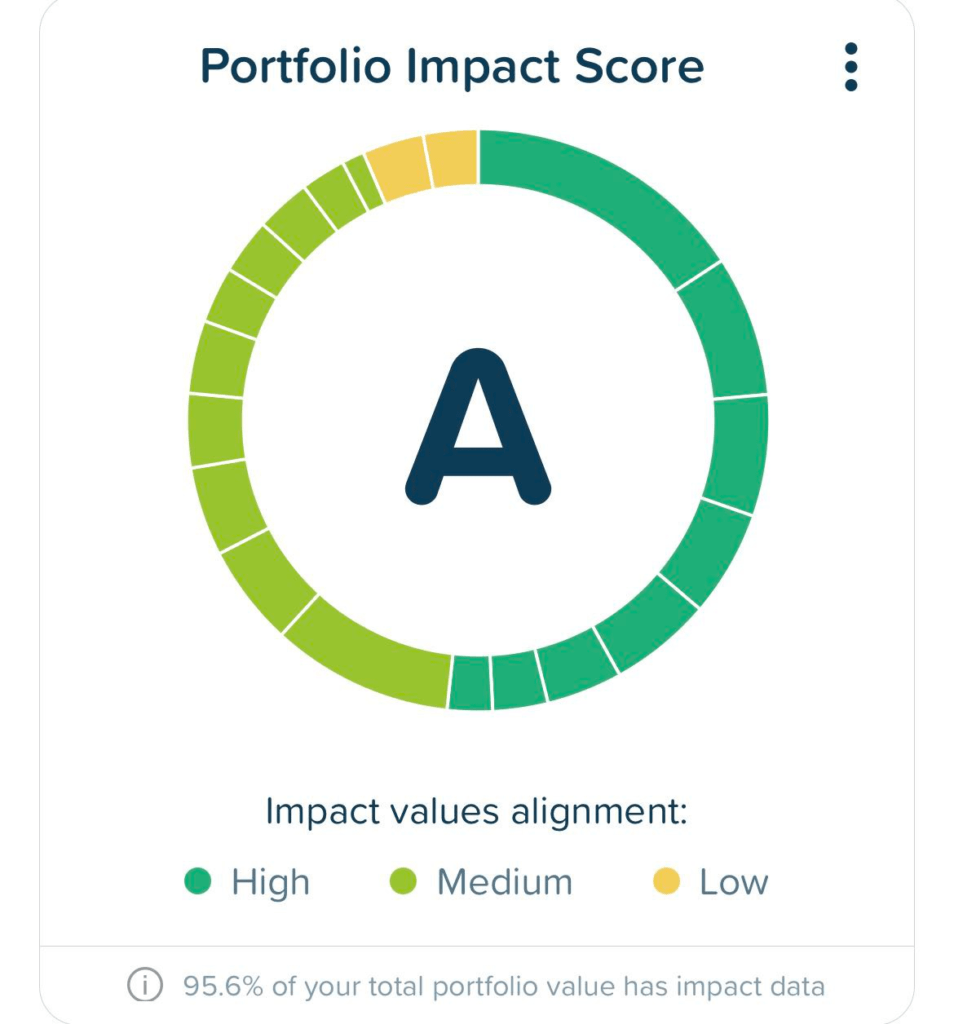
Table of contents:
- What is Sustainable Investing?
- Why Choose Sustainable Investing?
- Sustainable Investing: How to Get Started?
- Conclusion
What is Sustainable Investing?
Sustainable investing is a financial strategy that is not only focused on chasing profits but seeks a balance between financial returns and positive impact. You can approach this style by investing your money in companies, funds, or projects contributing to environmental protection, social justice, and ethical governance.
Key Principles of Sustainable Investing
- ESG integration: Sustainable investing considers a company’s environmental, social, and governance practices before making investment decisions. This integration helps identify businesses that prioritize sustainability.
- Positive screening: Investors screen out industries or practices they deem harmful, such as fossil fuels, tobacco, or weapons manufacturing. They select investments that have a positive impact, like clean energy or healthcare.
- Engagement: Shareholders actively engage with companies to advocate for responsible practices. This approach encourages companies to become more sustainable over time.
For example today GOOG is more aligned to those principals than XOM.
Why Choose Sustainable Investing?
1. Aligning Values and Wealth
Sustainable investing allows you to invest in companies that reflect your values and priorities. Whether passionate about climate change, social equity, or corporate responsibility, you can channel your funds toward businesses that share your view. I have a concern for environmental issues, particularly global warming, ocean pollution, and waste sorting. This guides my investment decisions, leading me to avoid companies that contribute to environmental degradation.
2. Risk Mitigation
Companies with strong ESG practices tend to manage risks more effectively. Investing in such companies can reduce your exposure to legal, reputational, and operational risks. Take as an example DuPont which paid 1.2B dollars in fines because of the environmental impact. You don’t want to stay behind world pollution as an investor.
3. Long-Term Performance
The study conducted by Mozaffar Khan, George Serafeim, and Aaron Yoon indicates that sustainable investments can deliver competitive financial returns over the long term. I think it is because people naturally try to invest in something good, that improves our life quality, health etc. The more like-minded people the more potential investors the company with good ESG scores has.
Real-Life Example: Tesla
Tesla, the electric vehicle and clean energy company, serves as an excellent example of a growth-oriented, sustainable investment. With a primary focus on environmental responsibility and innovation, Tesla has played a pivotal role in transforming the car industry towards electrical usage. The sentiment that “Tesla is a pioneer in electric vehicles” has significantly contributed to the company’s positive stock performance, reflecting the impact of sustainable practices on financial success.
TSLA performed extremely well(20x+) over the last decade and can be a strong argument for this investment strategy.
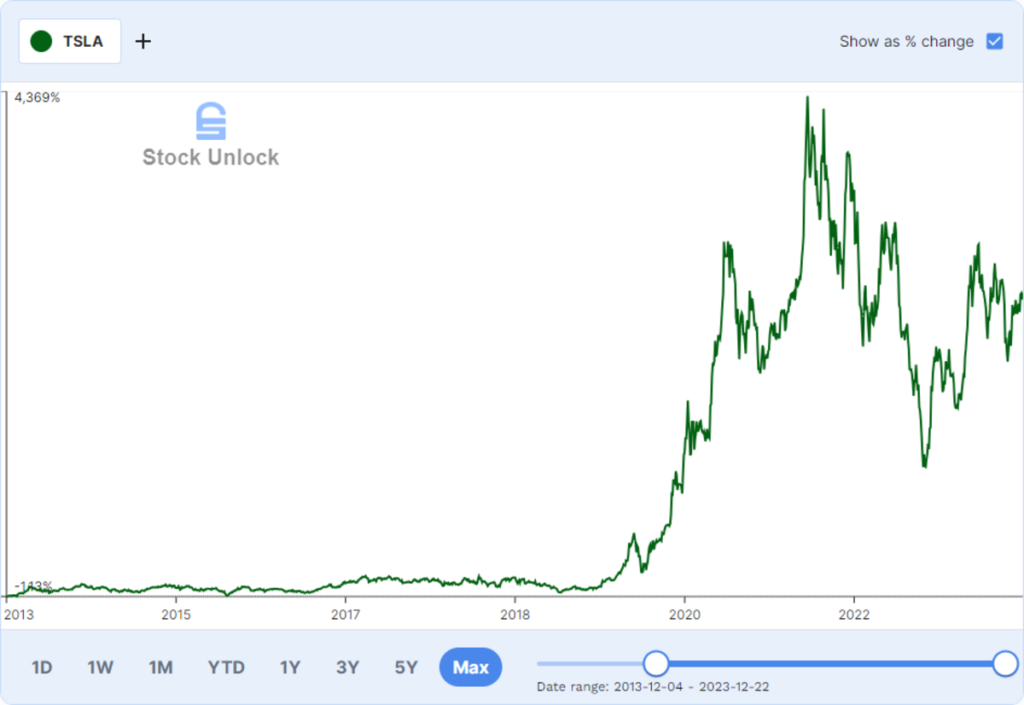
Sustainable Investing: How to Get Started?
The Hard Way
- Self-assessment: Begin by understanding your values and priorities. What causes are dear to you? What kind of change do you want to promote? Here are some examples to inspire you:
- ESG investing: Companies are assessed on their environmental impact, social responsibility, and corporate governance.
- Impact investing: Impact investors seek projects that generate specific, measurable, and positive outcomes for society or the environment.
- Thematic investing: Thematic investors target specific themes or sectors, such as renewable energy, water conservation, or healthcare innovation.
- Research: Investigate companies, funds, or projects that align with your values. Look into their ESG scores, performance history, and growth potential. Here are a couple of examples:
- ENPH (Enphase Energy Inc.): Develops and manufactures solar micro-inverters, aligning with your values. A great start, but remember that the ESG score is not the only metric that drives business value.
- TSLA (Tesla Inc.): A well-known company that pioneers innovative solutions to energy consumption. However, don’t blindly buy it because of the mission; do proper research and valuation.
- Diversification: Spread your investments across various industries and sectors to reduce risks and increase your chances of financial success.
- Stay engaged: Once you’ve invested, stay engaged with your portfolio. Monitor the performance and impact of your investments.
The Easy Way
You can find an ETF that is aligned with your ESG values and Dollar-Cost Average (DCA). ESGU (iShares ESG Aware MSCI USA ETF) is an example. It selected US companies considering their ESG impact and has provided great performance. The ETF is relatively new, achieving more than 100% return since its inception in 2016.
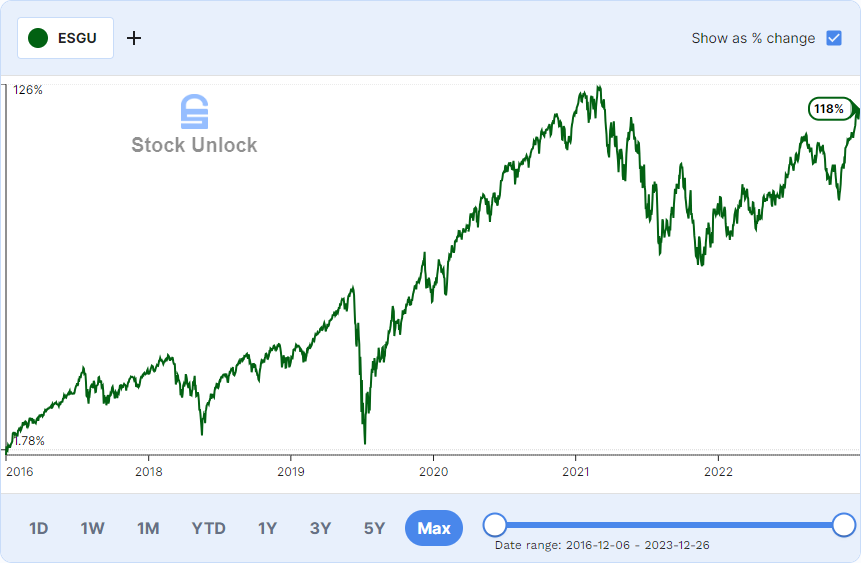
Conclusion
This investment strategy is made for people who want to make a difference in the world and, at the same time, create wealth. This article makes the point that this strategy can work with the right execution.It’s crucial to recognize that everyone has a unique perspective on the environmental impact, potentially leading to performance volatility for companies driving innovation. Try to find a balance between identifying investments that align with both your financial and ethical goals.

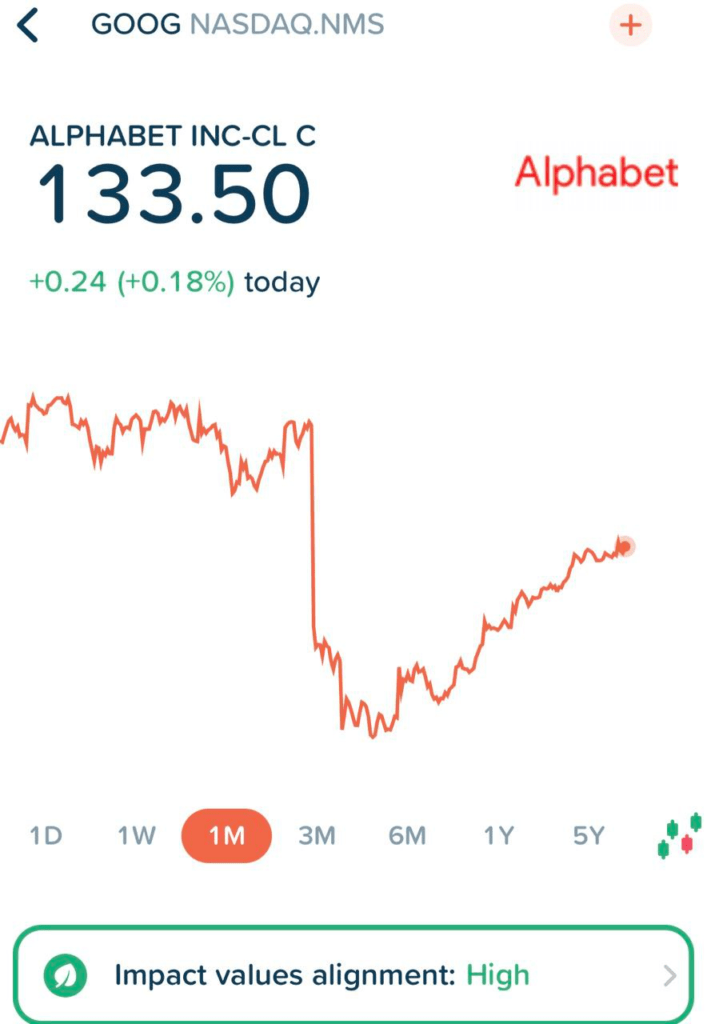
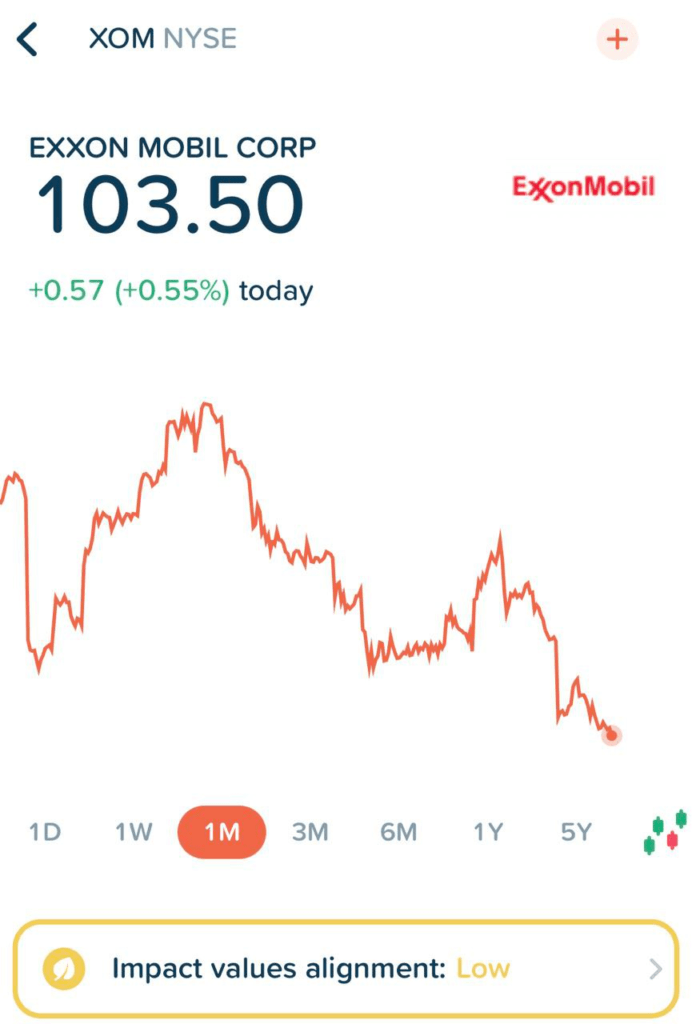
Leave a Reply